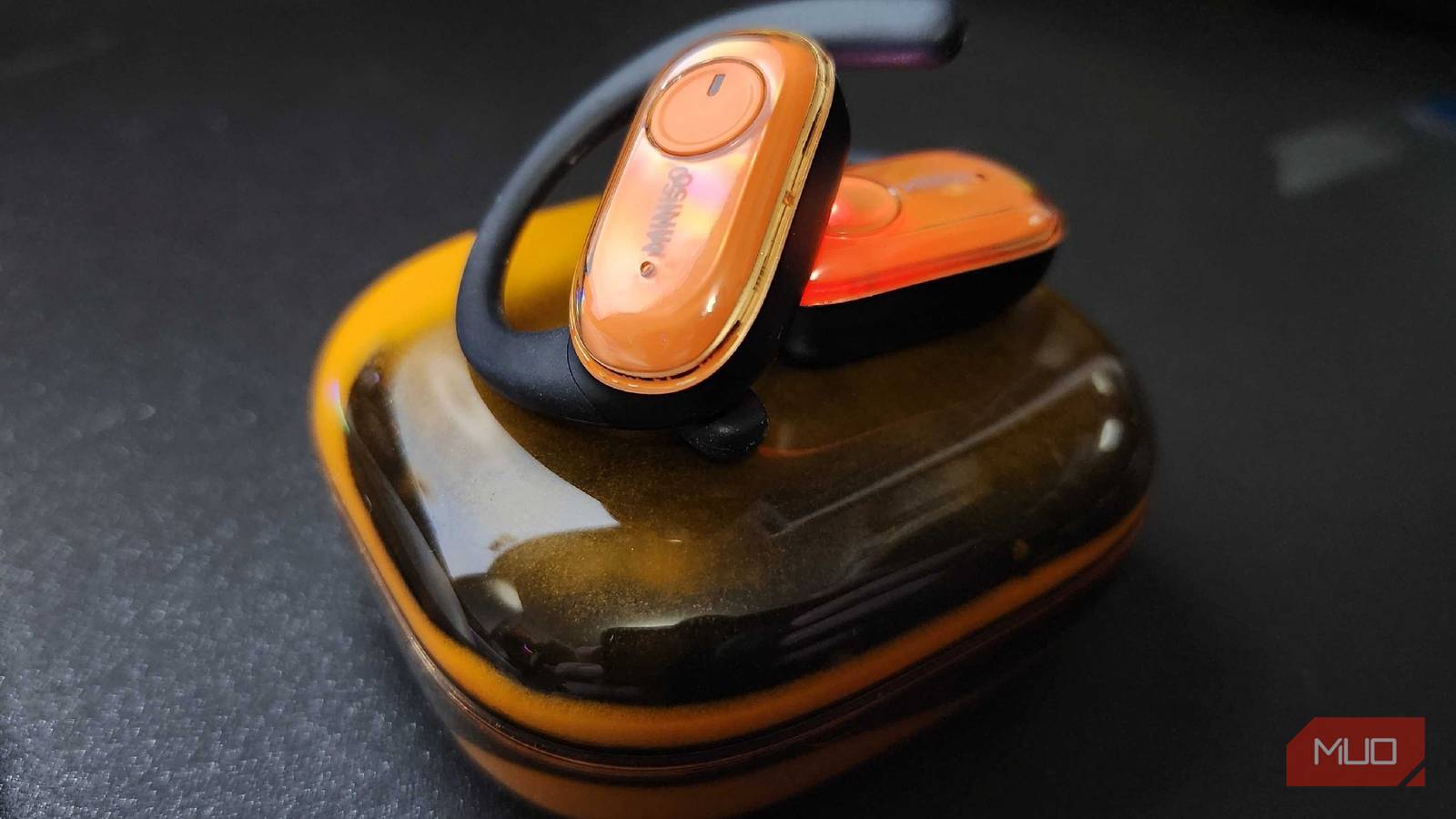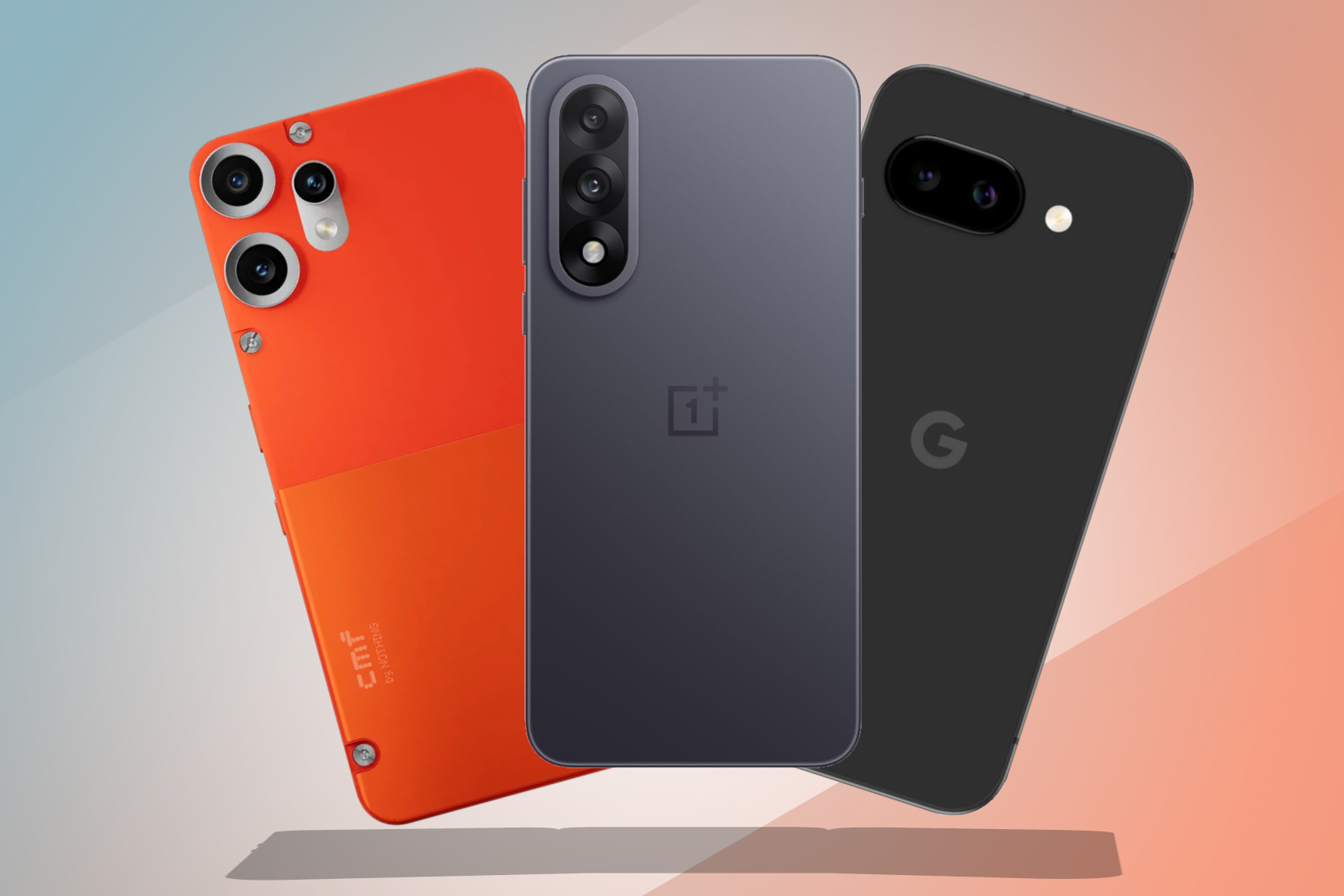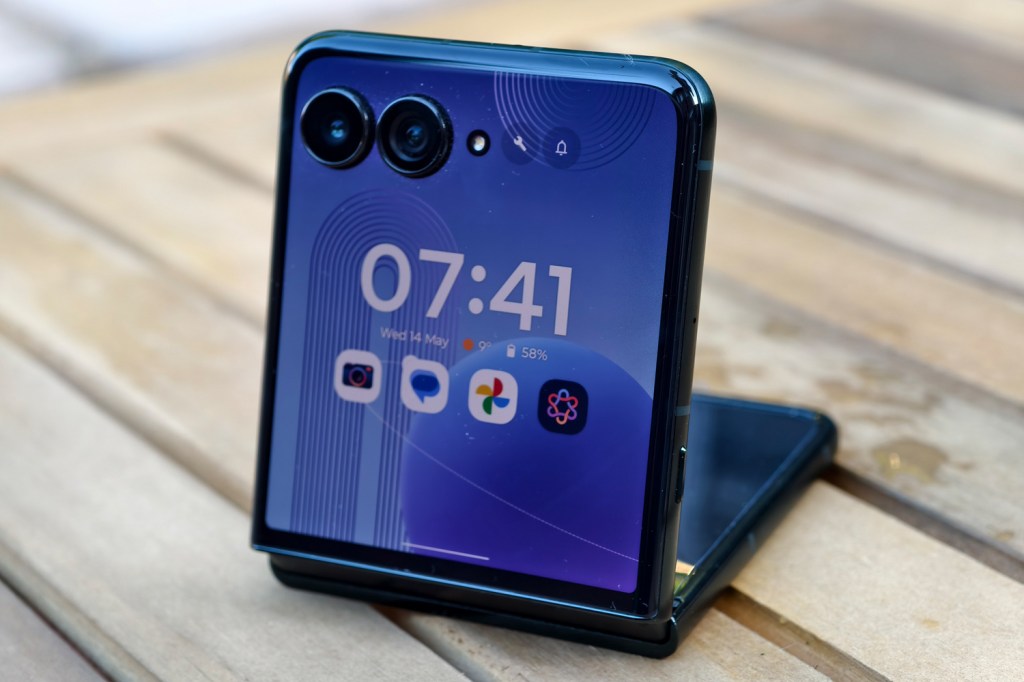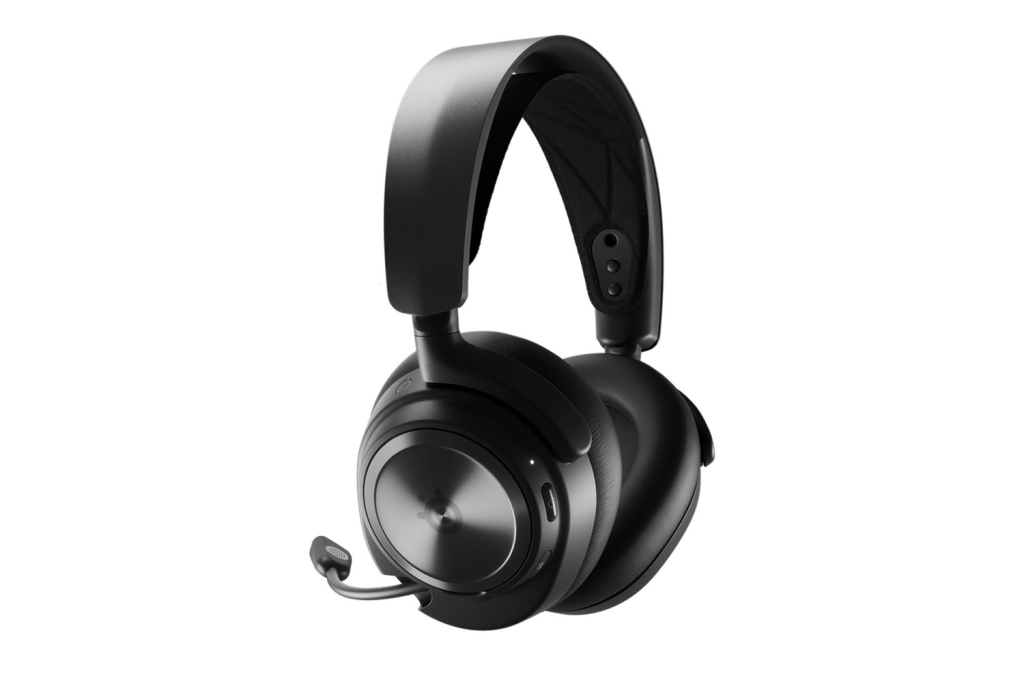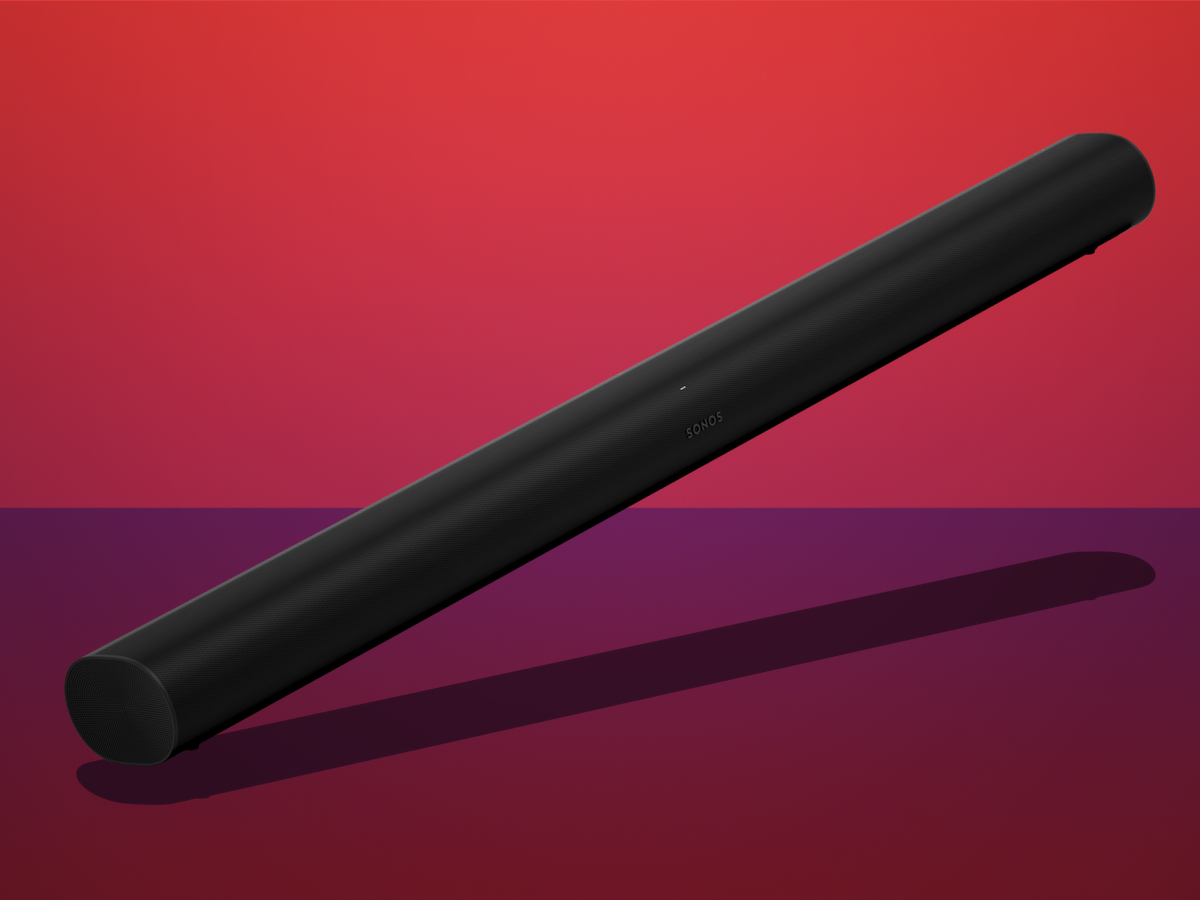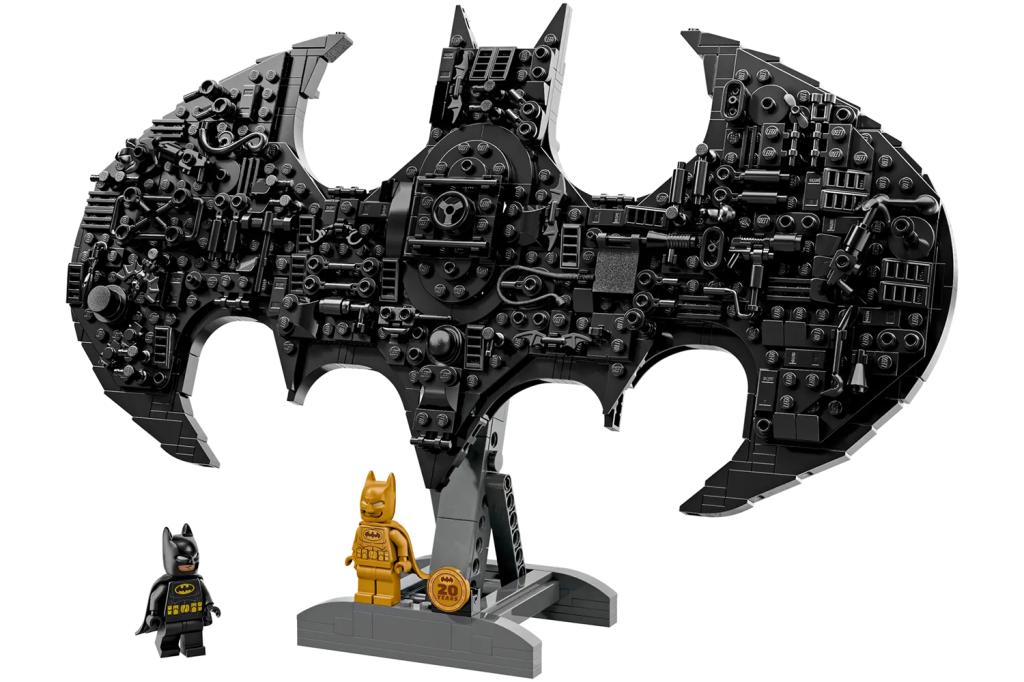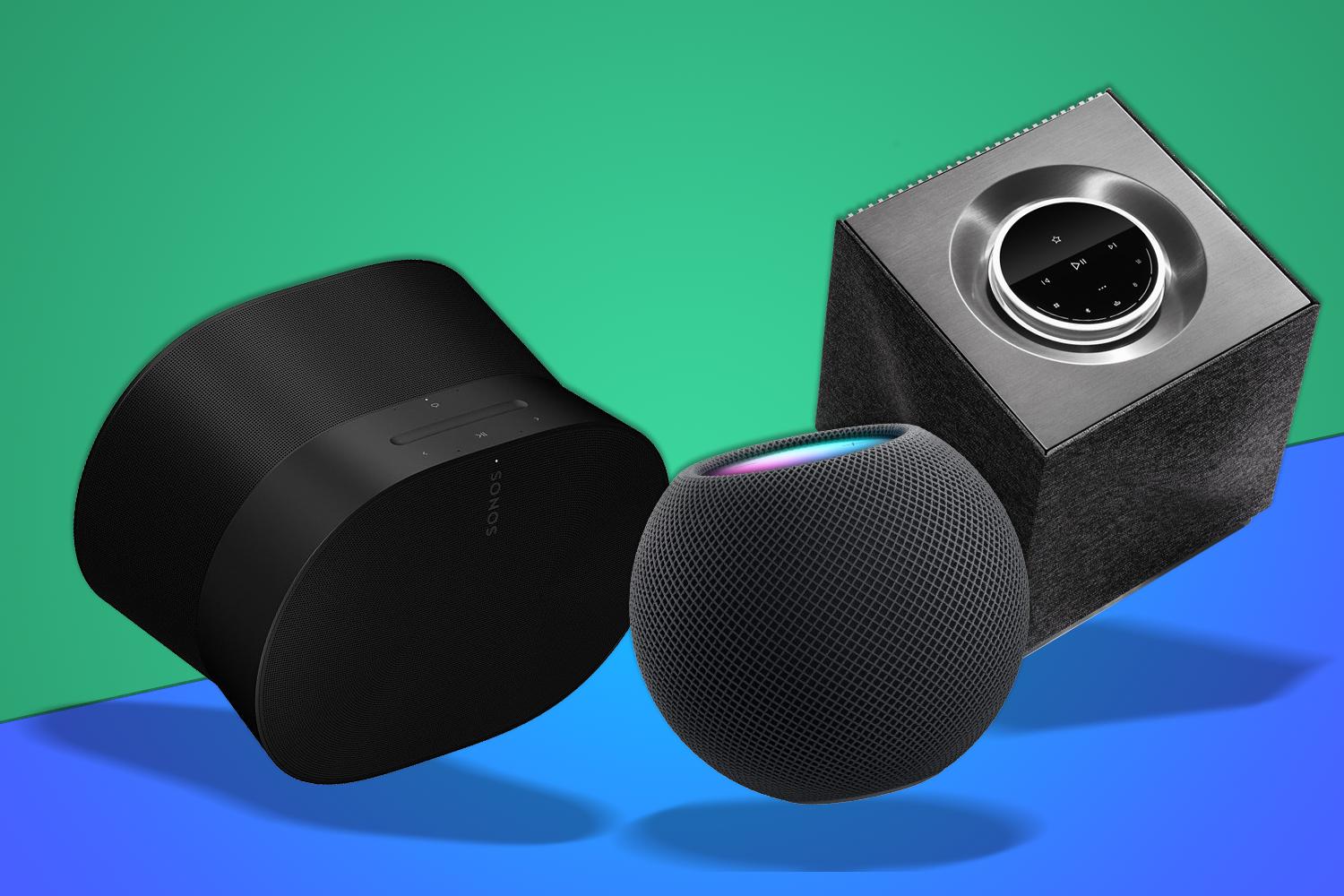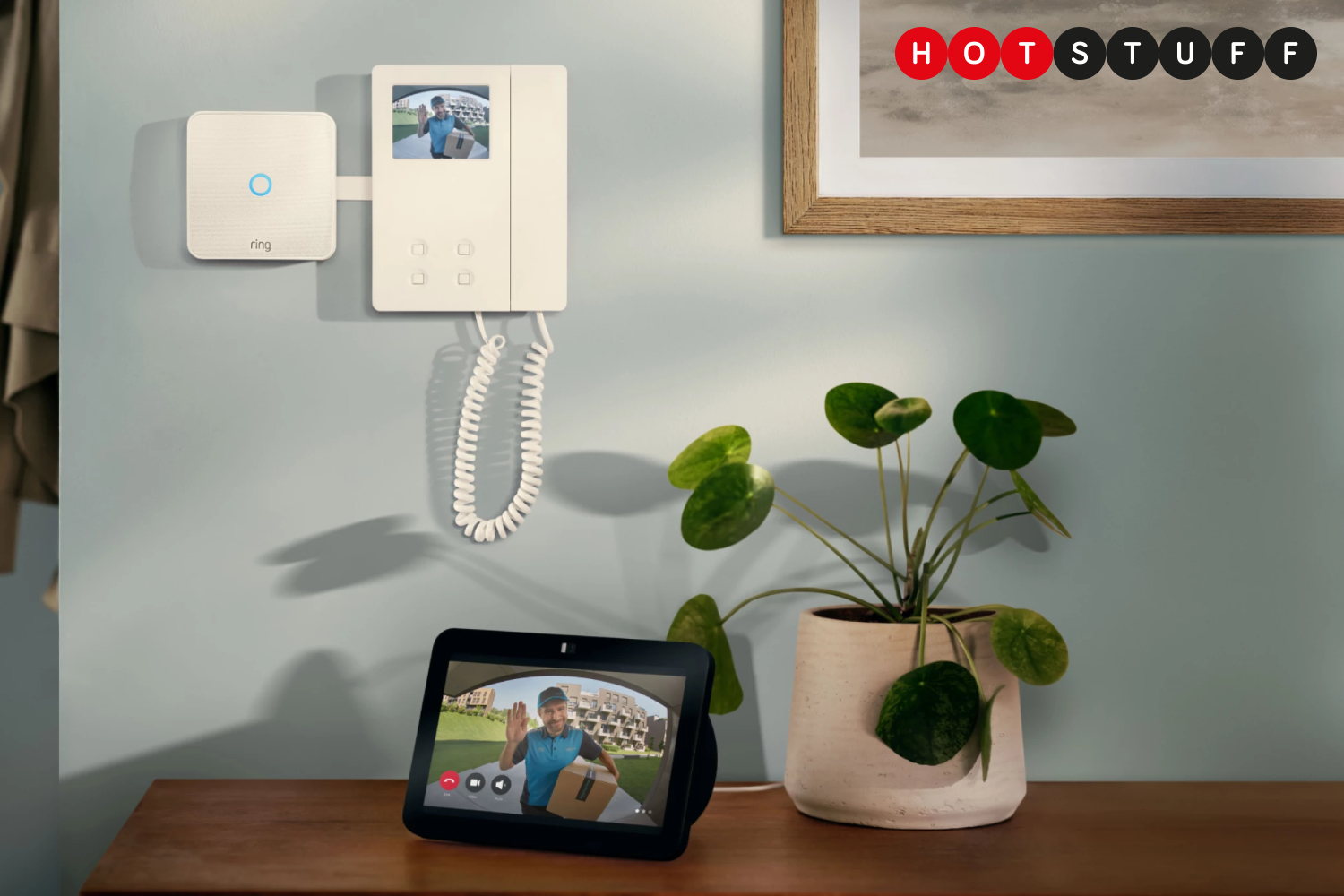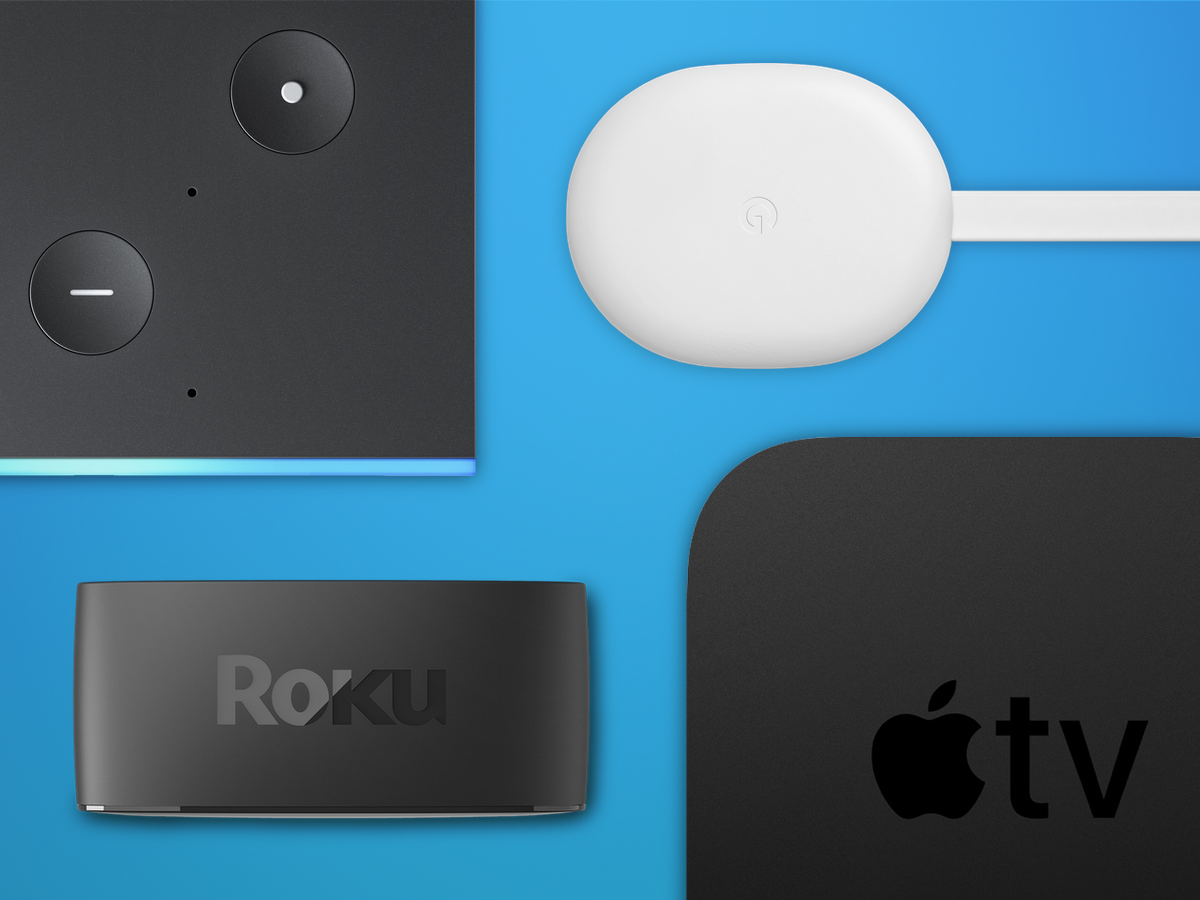After the best budget camera phone to capture stunning photos without breaking the bank? We don’t blame you. With advancements in camera phone tech, you no longer need to spend a fortune to get a capable shooter.
Whether you’re an aspiring photographer or simply want to upgrade your phone photography game, our hand-picked selection of affordable options below will have you snapping perfect portraits and laudable landscape shots in no time.
With that said, here’s our guide to the best budget camera phones that all cost below $500/£500.
Why you can trust Stuff: Our team of experts rigorously test each product and provide honest, unbiased reviews to help you make informed decisions. For more details, read how we test and rate products.
Quick list: what’s the best budget camera phone?
The best budget camera phone you can buy today:
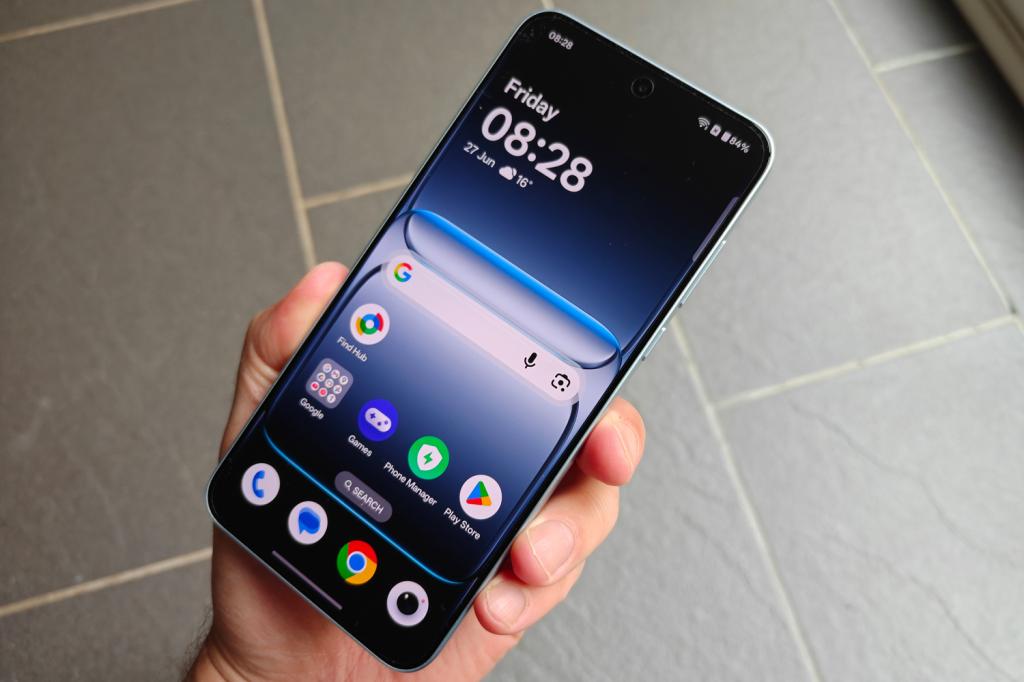
1. OnePlus Nord 5
| OnePlus Nord 5 specs | |
| Screen | 6.74in 2776.83in, 2800×1272, 144Hz OLED |
| CPU | Qualcomm Snapdragon 8S Gen 3 |
| Memory | 8/12GB RAM |
| Cameras | 50MP, f/1.88 w/ OIS + 8MP ultrawide rear 50MP, f/2.2 front |
| Storage | 256/512GB on-board |
| Operating System | Android 15 w/ OxygenOS 15 |
| Battery | 5200mAh w/ 80W wired charging |
| Dimensions | 200g 163x77x8.1mm, 211g 6.4 × 3.0 × 0.3 in, 7.4 oz |
We’ve been using the OnePlus Nord 5 as our main phone for a week, and it’s clear that OnePlus knows how to make a great mid-ranger – even if it’s made a few odd calls along the way. The cheap phone delivers smooth performance from its Snapdragon 8s Gen 3 chip, a bright 6.83in OLED screen that makes gaming and Netflix pop, and genuinely impressive selfies from its 50MP front camera.
In our testing, it breezed through daily multitasking, kept Call of Duty Mobile running at a silky 144Hz, and comfortably lasted a day and a half between charges.
But we can’t help missing the Nord 4’s metal body. The switch to a glass-and-plastic mix feels cheaper, and the generic design doesn’t turn heads like last year’s model did.
The new “Plus” button is a nice touch – we’ve used it to launch the camera and flashlight with a single press – but it doesn’t quite make up for the missing alert slider. Still, OxygenOS remains one of the cleanest, fastest Android skins around, and the camera setup takes crisp, balanced shots that hold up against pricier rivals.
The Nord 5 is a solid all-rounder that delivers real value, but it’s lost a bit of that OnePlus spark. If you can live without the premium feel, you’re getting a lot of phone for the money – just don’t expect it to stand out in a crowd.
Read more: OnePlus Nord 5 review
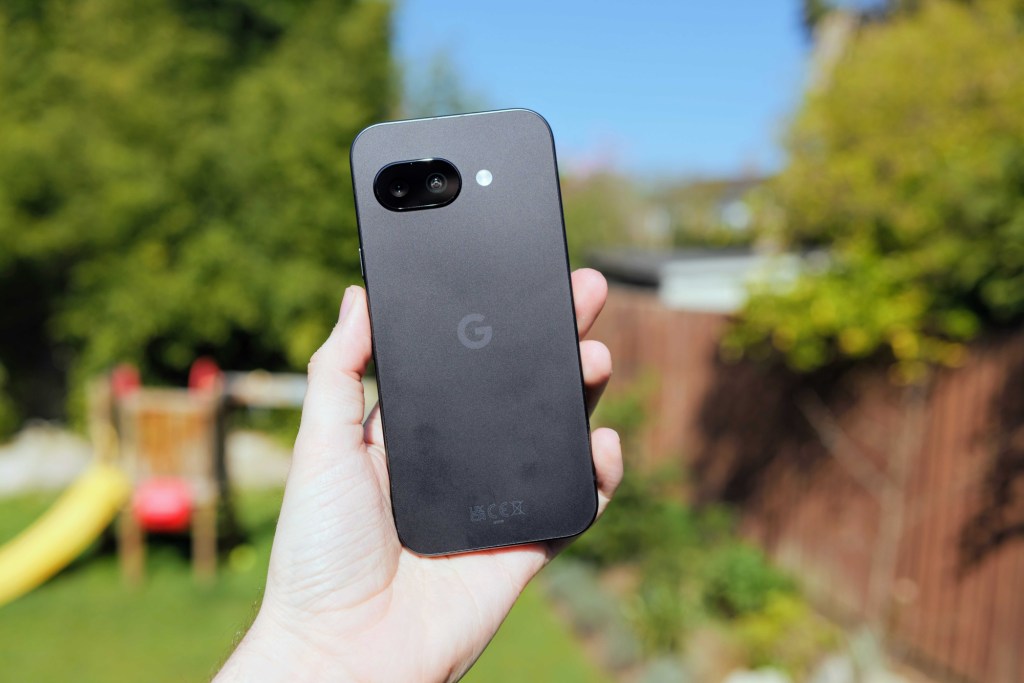

2. Google Pixel 9a
| Google Pixel 9a specs | |
|---|---|
| Screen | 6.3in Actua Display, 1080 x 2424 OLED, 2700 nits, 60-120Hz |
| CPU | Google Tensor G4 |
| Memory | 8GB RAM |
| Cameras | 48MP f/1.7 main + 13MP,f/2.2 ultrawide rear 13MP, f/2.2 front |
| Storage | 128 GB/256 GB |
| Operating system | Android 15 |
| Battery | 5100 mAh |
| Dimensions | 154.7 x 73.3 x 8.9mm, 185.9 g 6.1 x 2.9 x 0.4in, 6.6 oz |
Looking for the best budget camera phone experience? That’ll come in the form of the Google Pixel 9a. It’s part of Google’s affordable ‘A’ series, which promises a similar Pixel experience to its more expensive siblings for less money.
The photography experience is excellent here. It has an upgraded 48MP sensor compared to the Pixel 8a, and the results really show. The amount of detail in the images is really impressive, with Google nailing both close-up and distance shots. It’s Google’s processing that is really impressive, with Google’s smarts making it hard to take a bad picture.
Paired with punchy performance to a minimalist Pixel design and pure Android experience, even if you’re not interested in photography, we think this is the best smartphone you can get under $500/£500.
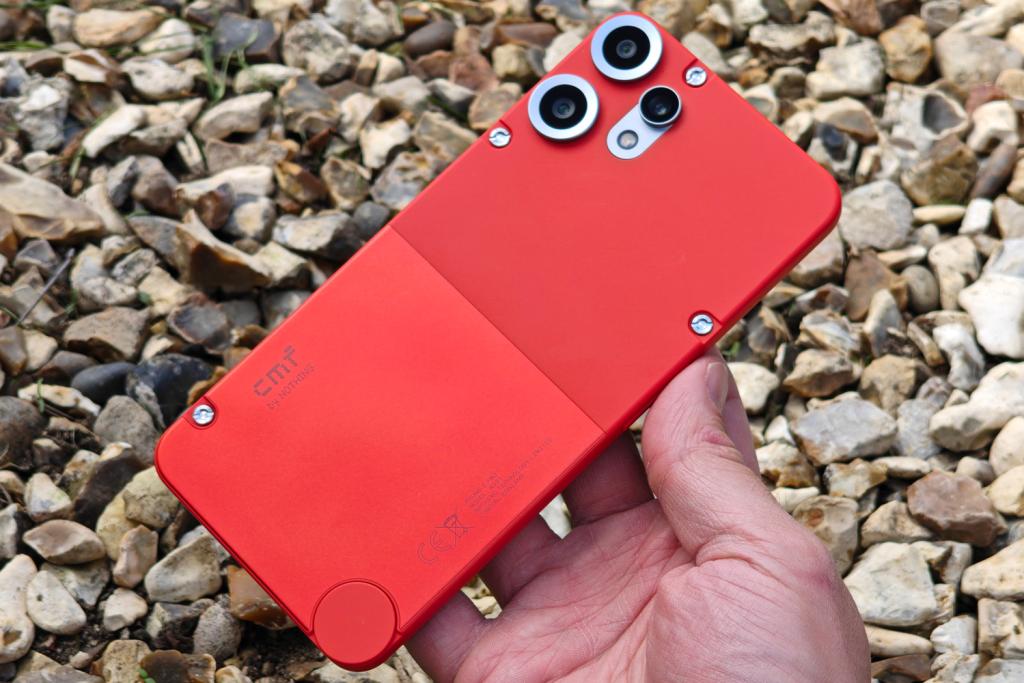

3. CMF Phone 2 Pro
| CMF Phone 2 Pro specs | |
| Screen | 6.77in, 2392×1080 AMOLED w/ 60-120Hz |
| CPU | MediaTek Dimensity 7300 Pro |
| Memory | 8GB |
| Cameras | 50MP+50MP+8MP rear 16MP front |
| Storage | 128GB/256GB on-board, MicroSD expansion |
| Operating system | Android 15 w/ NothingOS 3.2 |
| Battery | 5000mAh w/ 33W wired charging |
| Dimensions | 164x78x7.8mm, 185g |
The CMF Phone 2 Pro builds on Nothing’s affordable formula with a smarter design, better features, and the same playful personality. Starting at just £219 (approx US$250), it’s one of the best-value phones around. It keeps the modular, accessory-friendly spirit of the original but now feels more refined, with metal accents, NFC for contactless payments, and improved IP54 water resistance. The 6.67in AMOLED display is brighter at 3000 nits and supports a smooth 120Hz refresh rate, though sound still comes from a single speaker.
Performance from the MediaTek Dimensity 7300 Pro is solid for everyday use, backed by reliable battery life from the 5000mAh cell and 33W charging. The triple-camera setup delivers strong results in daylight, but lacks optical stabilisation for night shots. NothingOS 3.2 runs cleanly, free of bloatware, and introduces the surprisingly useful Essential Space app.
It’s not flawless, but the CMF Phone 2 Pro fixes nearly all of its predecessor’s shortcomings while staying affordable and fun. For such little money, few phones look this good, run this smoothly, or feel this thoughtfully designed.
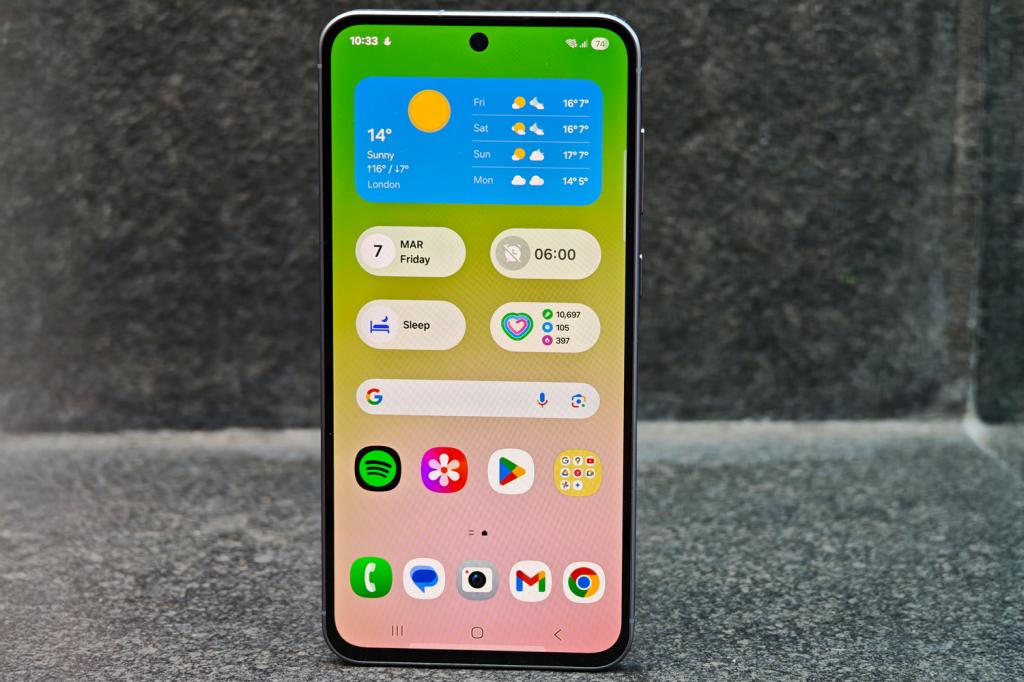

4. Samsung Galaxy A56
| Samsung Galaxy A56 specs | |
|---|---|
| Screen | 6.7in, 2340×1080 AMOLED w/ 120Hz |
| Processor | Samsung Exynos 1580 |
| Memory | 8GB RAM |
| Storage | 128/256GB on-board |
| Cameras | 50 MP + 12MP ultrawide + 5MP macro rear 12MP front |
| Operating system | Android 15 w/ One UI |
| Battery | 5000mAh w/ 45W wired charging |
| Dimensions | 162x78x7.4mm, 198g |
Want the Samsung prestige without the high-end price tag? Then the A56 is a 5G contender worthy of your shortlist. With a price tag well below the lofty heights of the Galaxy S25 range, this is a super affordable 5G handset which sacrifices some flagship style and power, while still providing a solid smartphone experience.
It actually looks and feels like a far pricier phone, the colourful AMOLED display shines brightly, and the software ecosystem is as appealing as ever for those already invested in it. Battery life and charging speeds even eclipse the more expensive Galaxy S25. And unlike previous A series phones (which massively disappointed on the power front), we’re pleased to report that the A56’s Exynos 1580 CPU and 8 GB of RAM make for a far smoother experience.
Throw in fast 45W charging, and you’ve got yourself a more affordable Samsung handset that provides the highly coveted Samsung-esque experience, at a far more palatable price.
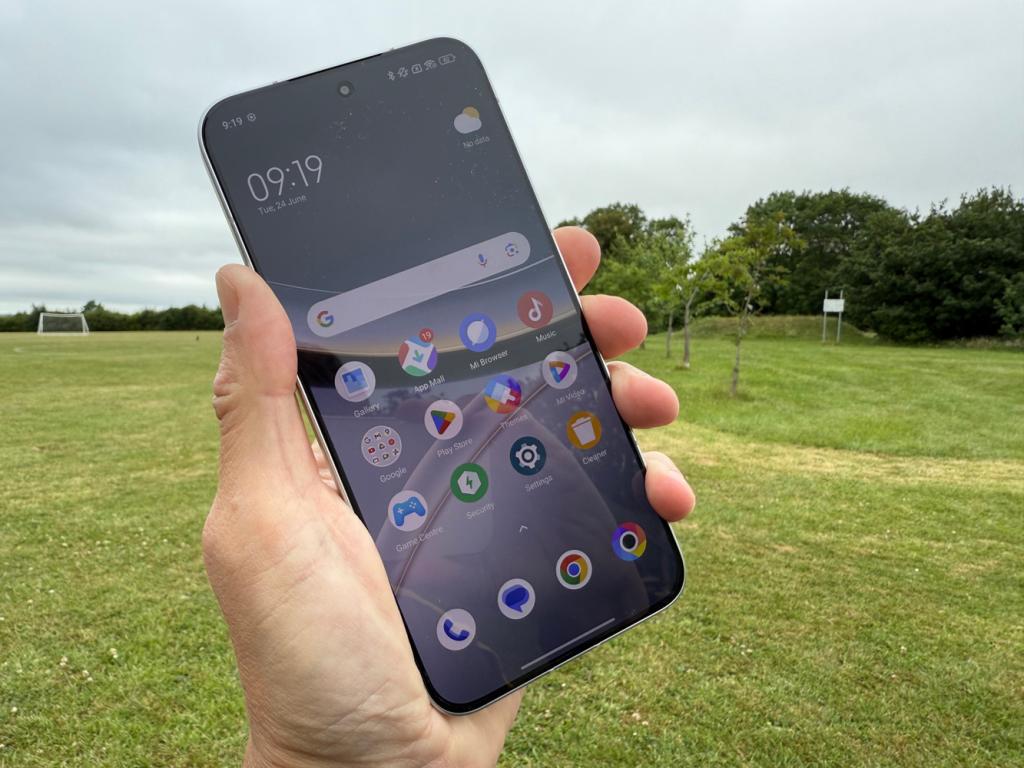

5. Poco F7
| Poco F7 specs | |
|---|---|
| Screen | 6.83in, 1280 x 2772 120Hz AMOLED |
| CPU | Qualcomm Snapdragon 8s Gen 4 |
| Memory | 12GB RAM |
| Cameras | 50MP w/ OIS + 8MP ultrawide rear 20MP front |
| Storage | 256/512GB |
| Operating system | Android 15 w/ HyperOS 2.0 |
| Battery | 6500mAh w/ 90W wired charging |
| Dimensions | 163 x 78 x 8.2mm, 215.7g |
The Poco F7 is a mid-range phone that punches far above its price. It delivers hardware that rivals far pricier models – including Qualcomm’s Snapdragon 8s Gen 4 chip, a bright 6.83in 120Hz AMOLED display and a massive 6500mAh battery with 90W fast charging. The design feels surprisingly premium, complete with an aluminium frame, IP68 water resistance and a bold, industrial look in its Cyber Silver edition.
Performance is excellent for the price, handling daily use and even gaming without much fuss. The display is a standout feature – sharp, vivid and far brighter than you’d expect from a budget handset. The only real letdown is that the huge battery doesn’t last quite as long as its capacity suggests, managing around a day and a half in regular use.
The 50MP main camera is decent in good light, but the 8MP ultrawide and digital zoom trail behind. Low-light shots are passable, though not class-leading. HyperOS 2 (based on Android 15) runs smoothly, with manageable bloatware and four years of updates promised.
Overall, the Poco F7 is an excellent choice for anyone who values performance, display quality and design. It’s an affordable powerhouse that proves you don’t need to spend flagship money to get a flagship feel.
How to choose the best budget camera phone for you
We go into a lot of detail on what to look for in a smartphone snapper in our best camera phone guide, so do check that out if you’re interested.
Ultimately, though, when choosing a smartphone for its camera capabilities, focus on several key aspects beyond typical smartphone specs. Generally, higher megapixel counts and larger sensors contribute to better image quality (the latter is especially helpful in low-light conditions) and advanced computational photography features, like those in Google Pixel phones, enhance photos by optimising exposure, colour accuracy, and dynamic range.
The lens system is also crucial, with options like ultra-wide-angle and telephoto lenses offering versatility for different photography styles. Aperture size impacts light capture and depth-of-field effects, while Optical Image Stabilisation (OIS) helps reduce blurriness in photos and videos. Features like HDR, portrait mode, and night mode further improve the photography experience.
For video recording, consider the phone’s resolution, frame rate, and stabilisation features.
Oh, and don’t forget the front-facing camera; it should have good specs and selfie-specific modes to ensure clear and flattering self-portraits and video calls.
If you’re looking for more specific buying recommendations, then you can check out Stuff’s guides to the best smartphone for gaming and the best Android phones.
Recent updates
- 29th October 2025: We replaced the CMF Phone 1 with the newer CMF Phone 2. We also added the OnePlus Nord 5 and Poco F7.

